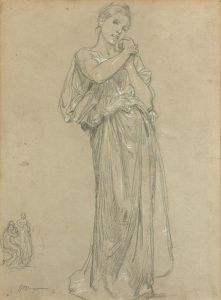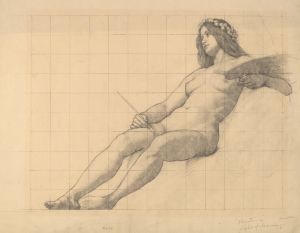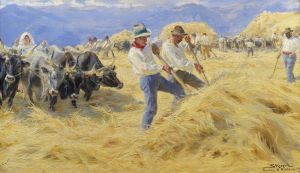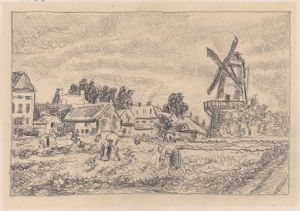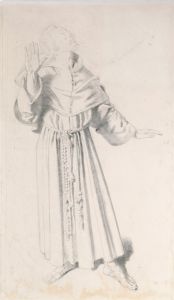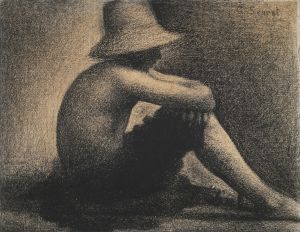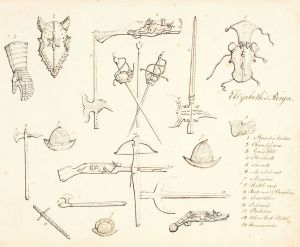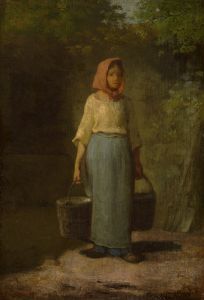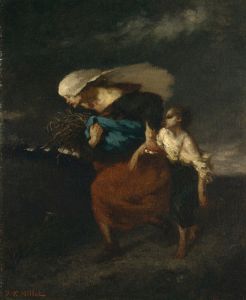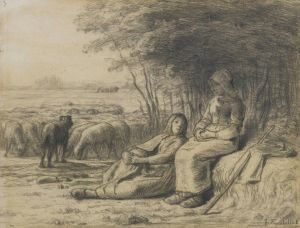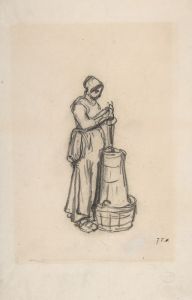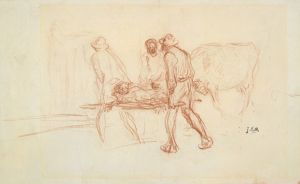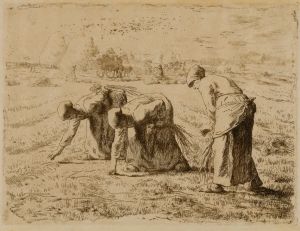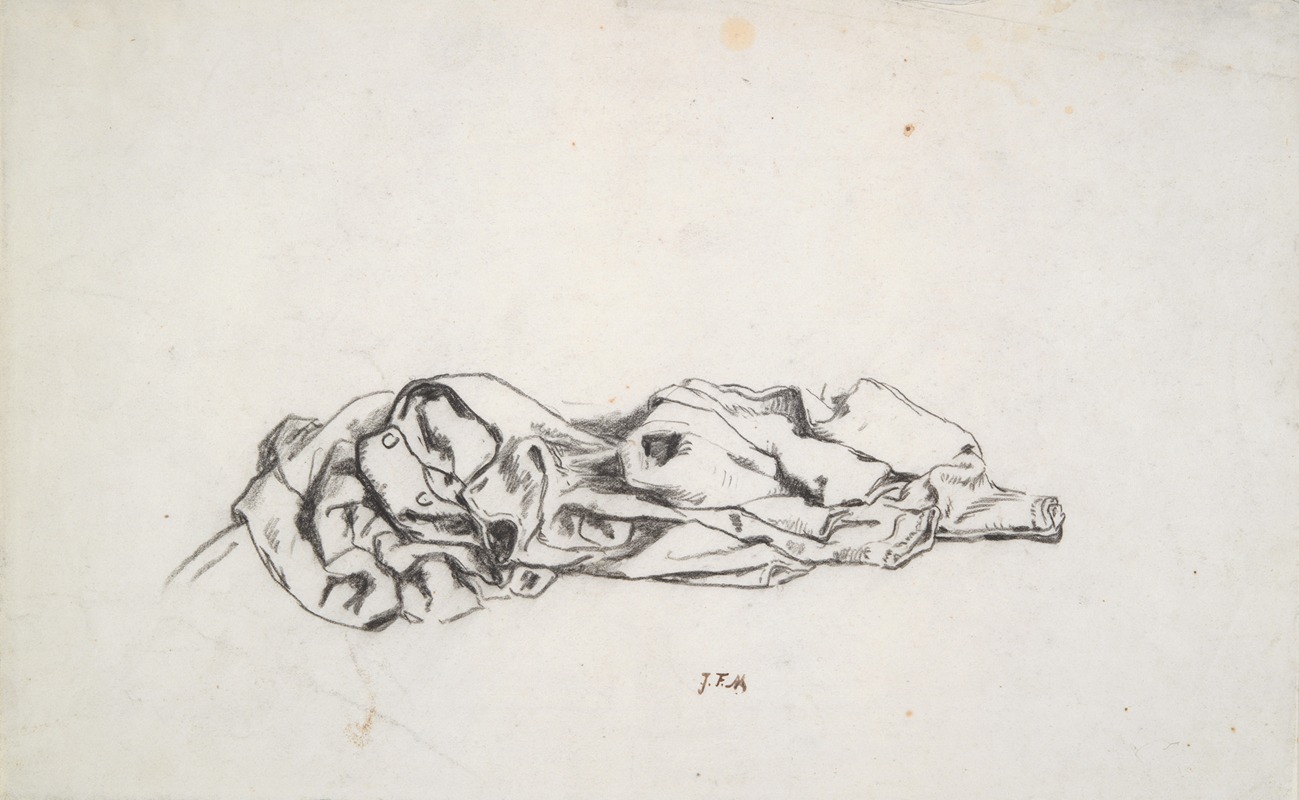
Peasant Clothes, Study for ‘The Harvesters’
A hand-painted replica of Jean-François Millet’s masterpiece Peasant Clothes, Study for ‘The Harvesters’, meticulously crafted by professional artists to capture the true essence of the original. Each piece is created with museum-quality canvas and rare mineral pigments, carefully painted by experienced artists with delicate brushstrokes and rich, layered colors to perfectly recreate the texture of the original artwork. Unlike machine-printed reproductions, this hand-painted version brings the painting to life, infused with the artist’s emotions and skill in every stroke. Whether for personal collection or home decoration, it instantly elevates the artistic atmosphere of any space.
Jean-François Millet, a prominent French painter and one of the founders of the Barbizon School, is renowned for his depictions of peasant life and rural landscapes. One of his notable works is "Peasant Clothes, Study for ‘The Harvesters’," which reflects his deep interest in the lives and labors of rural workers. This study is part of Millet's broader exploration of agrarian themes, which he pursued throughout his career.
Millet was born on October 4, 1814, in the village of Gruchy, near Gréville-Hague in Normandy, France. Coming from a farming background, Millet was intimately familiar with the hardships and rhythms of rural life, which profoundly influenced his artistic vision. He moved to Paris in 1837 to study art, where he was exposed to various artistic movements and styles. However, it was his return to the countryside that solidified his focus on rural subjects.
"Peasant Clothes, Study for ‘The Harvesters’" is a preparatory work for one of Millet's larger compositions, "The Harvesters." This study showcases Millet's meticulous attention to detail and his commitment to authenticity in depicting the attire and tools of peasants. The study likely served as a means for Millet to explore the textures, colors, and forms of the clothing worn by rural laborers, which were integral to the realism and emotional depth of his final compositions.
Millet's work is characterized by a somber palette and a focus on the dignity and resilience of peasant life. His paintings often depict scenes of labor, such as sowing, harvesting, and gleaning, capturing the cyclical nature of agricultural work. Through his art, Millet sought to elevate the status of rural workers, portraying them with a sense of nobility and respect that was often lacking in the art of his time.
The Barbizon School, of which Millet was a key figure, emerged in the mid-19th century as a reaction against the formalism of academic art. Artists associated with this movement, including Millet, sought to depict nature and rural life with greater realism and emotional depth. They often worked en plein air, or outdoors, to capture the changing effects of light and atmosphere on the landscape.
Millet's influence extended beyond his lifetime, impacting later artists such as Vincent van Gogh, who admired Millet's ability to convey the spiritual and emotional aspects of rural life. Millet's focus on the human condition and his empathetic portrayal of the working class resonated with the social and artistic movements of the late 19th and early 20th centuries.
"Peasant Clothes, Study for ‘The Harvesters’" exemplifies Millet's dedication to capturing the essence of rural life through careful observation and a deep understanding of his subjects. While the study itself may not be as widely recognized as some of his finished works, it provides valuable insight into Millet's artistic process and his commitment to portraying the dignity of peasant life.





